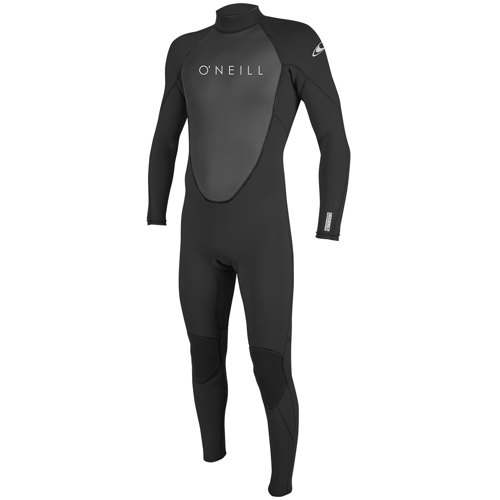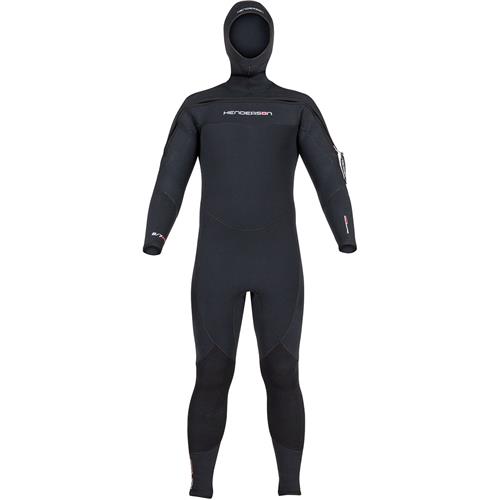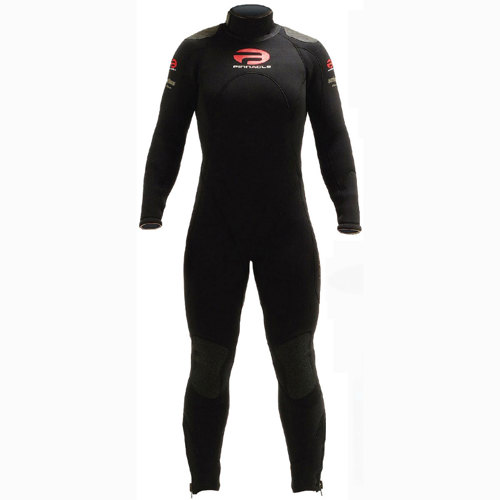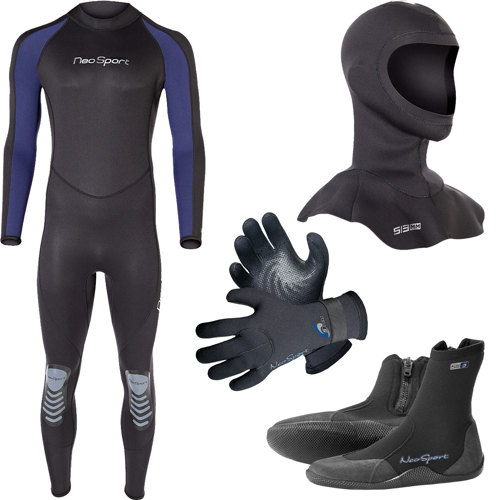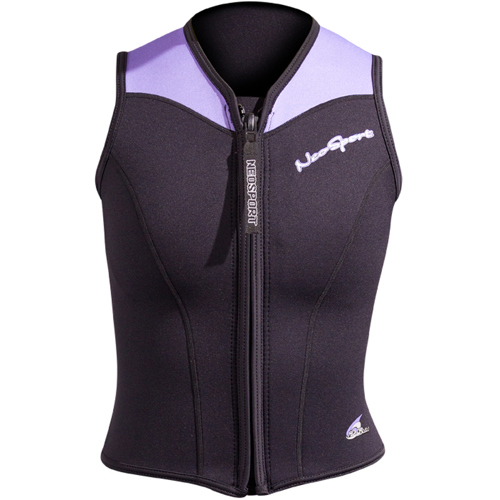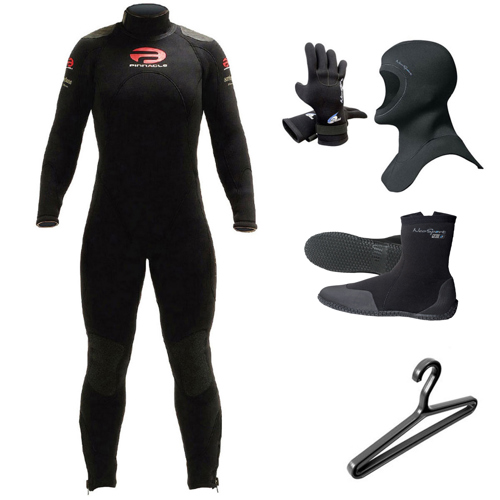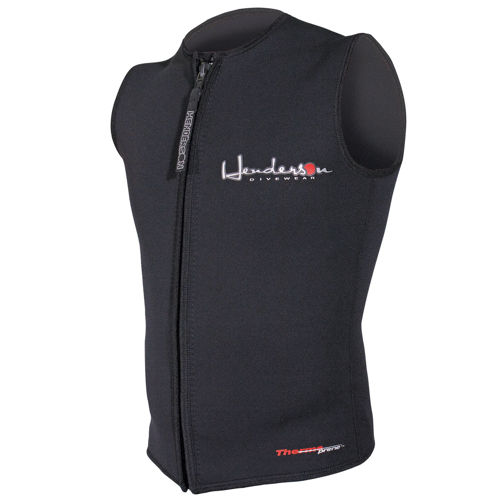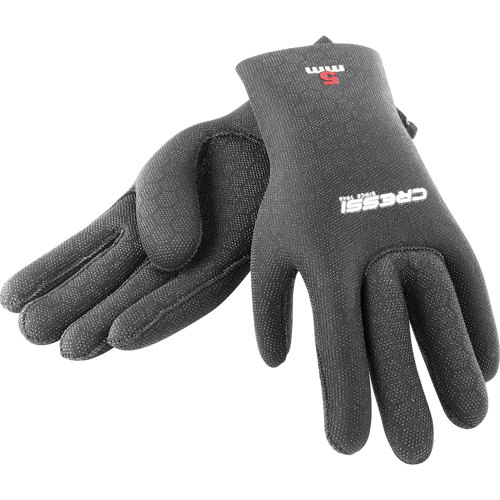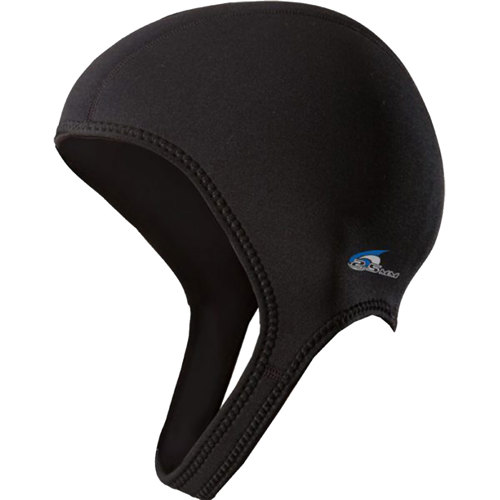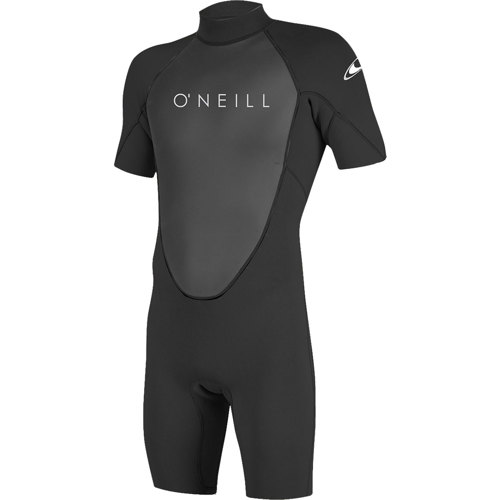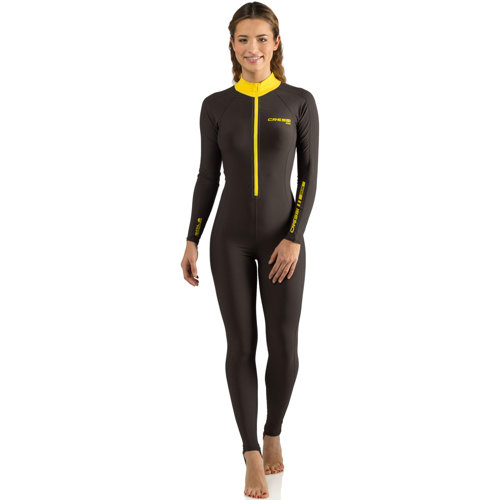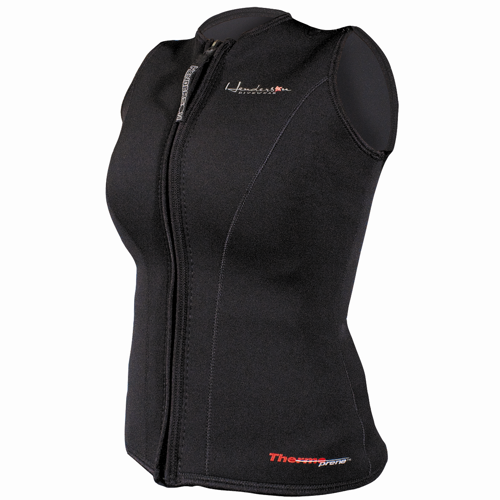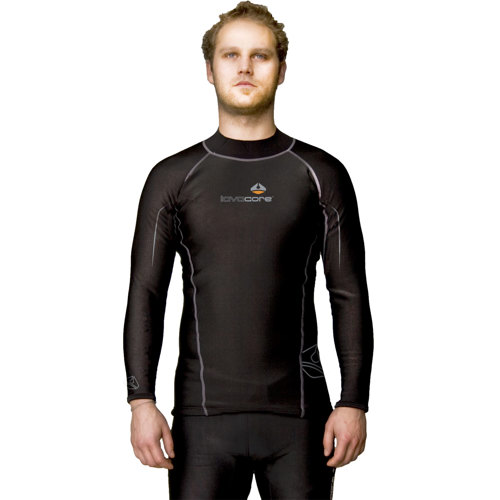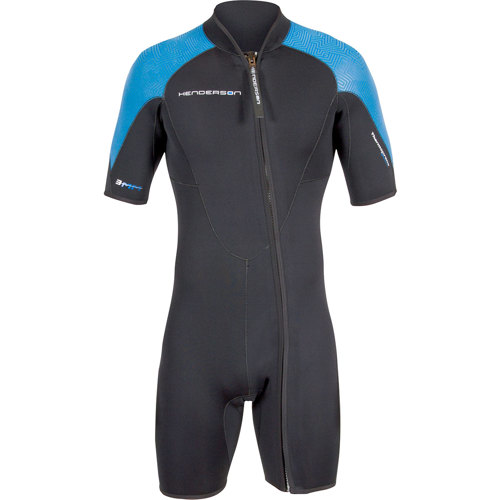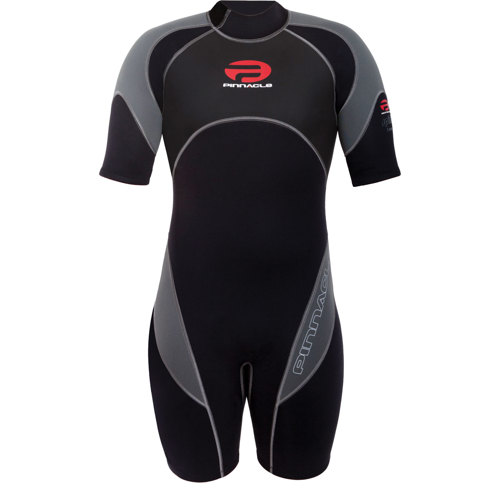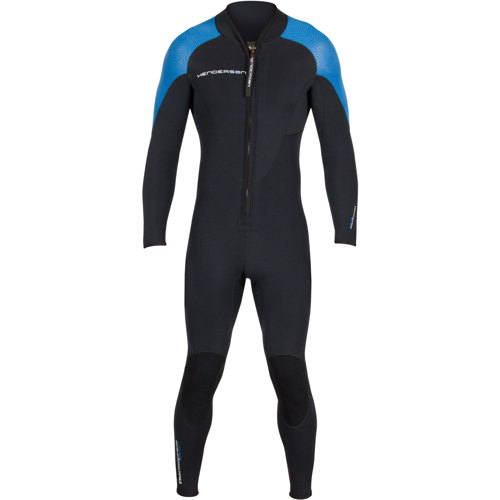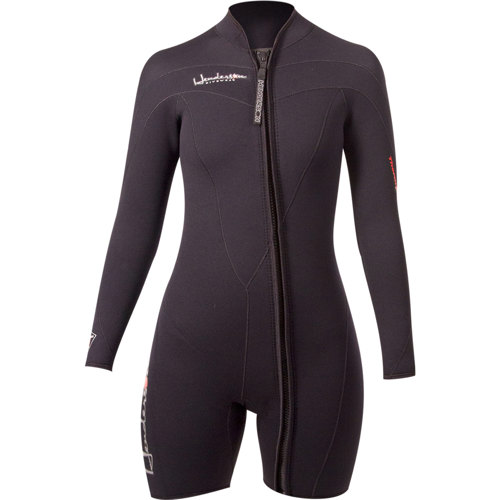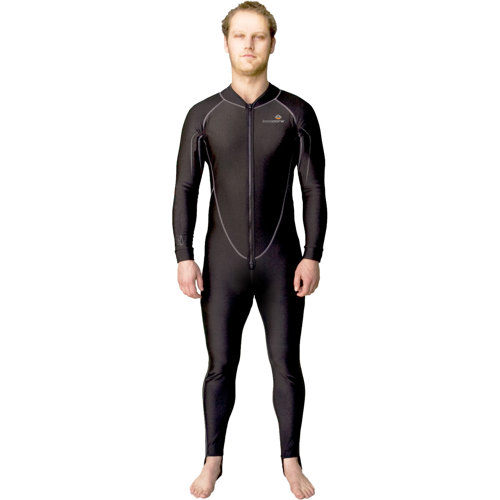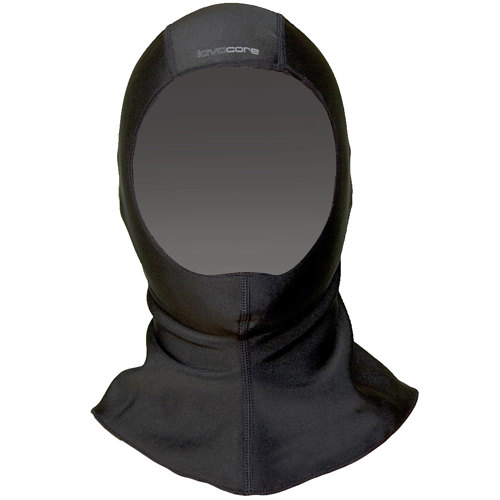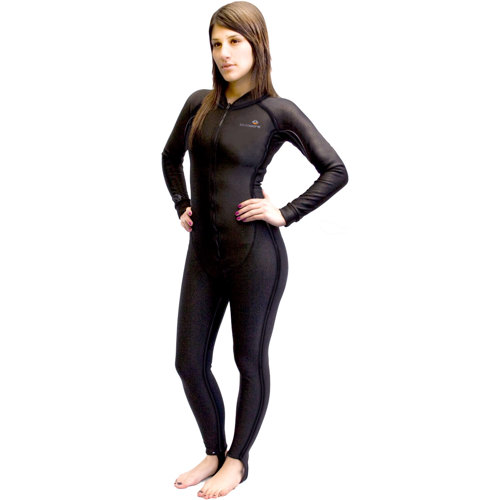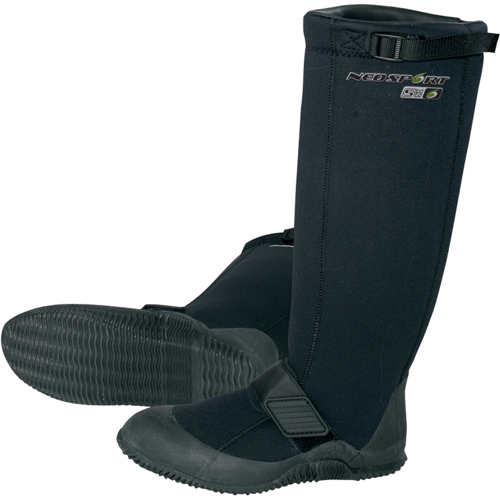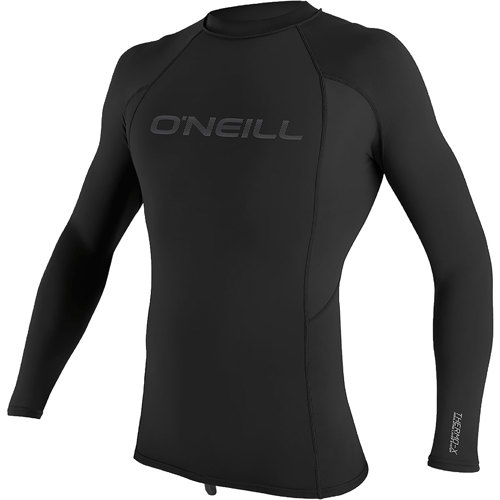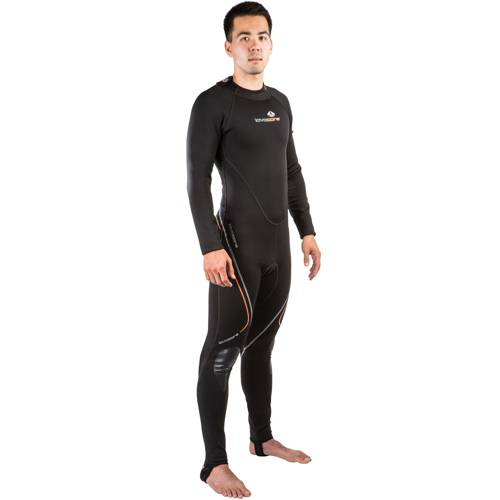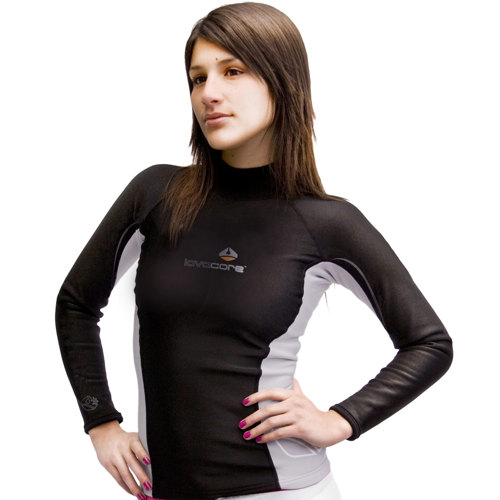When exploring, training, or simply enjoying time in moderate water temperatures, choosing the right gear is all about finding that sweet spot between comfort, flexibility, and safety. Moderate water temperatures—typically ranging from the low 60s to high 70s Fahrenheit—present unique challenges and opportunities for divers, snorkelers, paddlers, and swimmers alike. The water is cool enough to warrant some insulation, but not so cold that you’re reaching for the thickest wetsuit or a full drysuit. In these conditions, layering becomes your best friend. Many experienced water enthusiasts start with a quality base layer, such as a moisture-wicking rashguard or thermal top, which provides both warmth and critical sun protection. For those early morning dives or late-season paddles when the air has a crisp edge, a lightweight fleece or neoprene jacket can make a world of difference, keeping the chill at bay without causing overheating as the day warms up. Versatility is key—think of gear that you can easily add or remove as conditions change, whether you’re suiting up on the shoreline or adjusting after a long swim.
Footwear and headwear are often overlooked, but anyone who’s spent hours in and out of the water knows how important these details can be. A sturdy pair of water shoes or sandals designed for aquatic environments will protect your feet from rocky terrain, slippery boat decks, or even just the hot sand on a sunny day. For head protection, a neoprene beanie or hood can offer just the right amount of warmth, especially if you’re prone to feeling the cold or if the wind picks up. Safety always takes precedence—personal flotation devices (PFDs) are non-negotiable for many water sports, and a helmet is a wise addition if you’re navigating moving water or rocky areas. Sun exposure can be deceptive on the water, even in October, so UV-protective clothing and reef-safe sunscreen should always be part of your kit. When it comes to wetsuits, many divers and snorkelers opt for a 3mm or 5mm full suit in these temperatures to maintain core warmth without sacrificing mobility. If you know someone who’s gearing up for a new aquatic adventure, these types of products make thoughtful and practical gifts—whether it’s a son heading off to college with a love of paddleboarding, a friend training for their first triathlon, or a family member preparing for a tropical holiday where water temps are inviting but not quite balmy.
Transitioning into the cooler months, especially in October, means paying closer attention to the subtle shifts in water and air temperature. Layering becomes even more critical, and having the ability to quickly adapt your gear to changing conditions can turn a good day on the water into a great one. Experienced divers know the importance of listening to their bodies and being prepared to add or remove layers as needed—sometimes it’s a quick switch from a shorty to a full suit, or throwing on a windbreaker as the sun dips below the horizon. The right gear for moderate water temperatures isn’t just about staying warm; it’s about maximizing enjoyment and safety, whether you’re gliding over a coral reef, kayaking along the coast, or teaching your kids the basics of snorkeling. For those who find themselves in warmer climates or planning trips to tropical destinations, you can explore more options by visiting our
Warm Weather Water Gear page, which features curated selections for even milder conditions. No matter your skill level or favorite activity, investing in the right gear for moderate water temperatures ensures you’ll stay comfortable, protected, and ready for whatever adventures the water brings.

